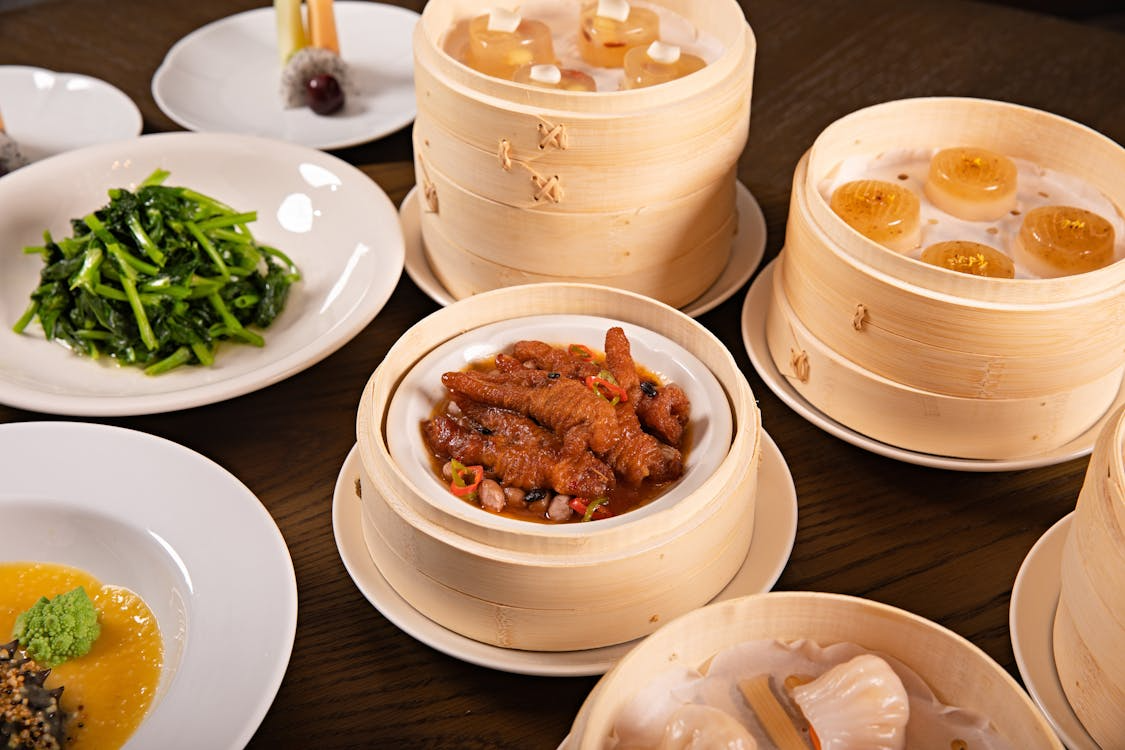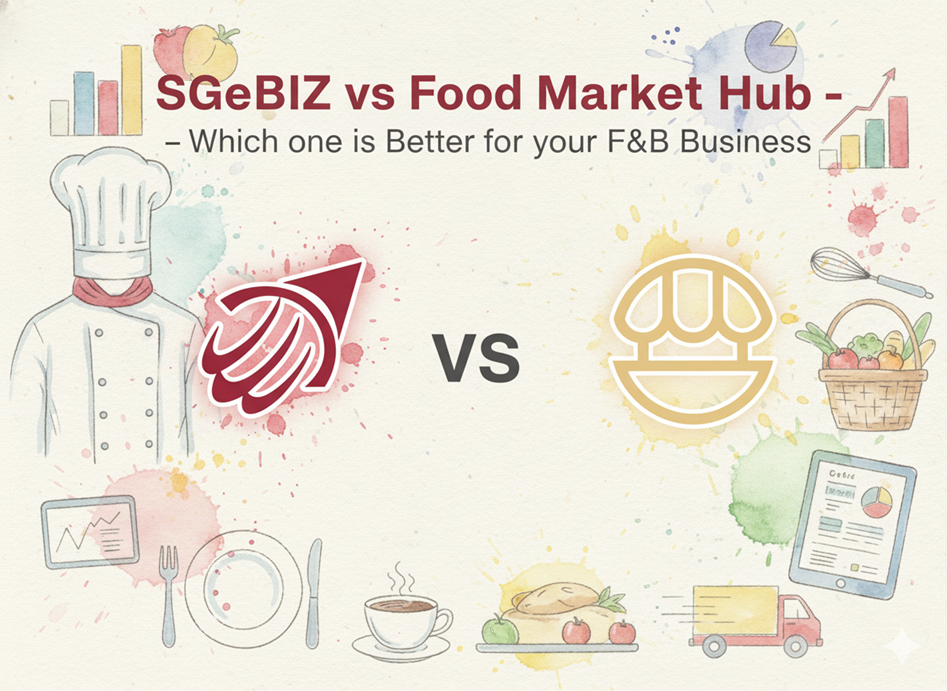Restaurant Inventory Management Trends (2025-2026)

Keeping track of your ingredients, supplies, and stock has always been important. But in 2025, restaurant inventory management is no longer just about counting boxes at the end of the day. With rising food costs, staff shortages, and customer expectations changing fast, many restaurants in Malaysia are now switching to smarter systems to manage their inventory.
If you’re still using pen and paper, spreadsheets, or doing stock counts manually, it’s time to see what others are doing in 2025. New tools and trends are making it easier and faster to manage stock, reduce waste, and save money every month.
Digital inventory management is now the norm
More and more restaurants in Malaysia are using digital tools to manage their stock. In fact, according to a report by Statista, over 55% of food businesses in Southeast Asia have already adopted some form of restaurant inventory management system in 2025. These systems help you know exactly how much stock you have when to reorder, and what items are being wasted.
Instead of guessing or checking everything manually, a restaurant inventory management system gives you live updates from your kitchen, your suppliers, and your POS. This makes your stock-taking faster and more accurate. You don’t have to wait until the end of the week to know what’s missing or what’s being wasted.

Cloud-based restaurant inventory management software is taking over
Gone are the days when you had to sit in your back office in front of one computer to check your inventory. Now, many restaurant owners in Malaysia are choosing cloud-based systems. These systems store everything online. This means you can access your inventory data from your phone or laptop, even if you’re not at your shop.
With a cloud-based restaurant inventory management software, you can check how much chicken or rice you have in stock while you’re on the go. You can even set alerts to get notified when certain ingredients are running low. This helps avoid food shortages during service.
Real-time syncing with POS and suppliers
A big trend in 2025 is linking your restaurant inventory management software with your POS and your supplier system. Let’s say your POS shows that 10 nasi lemak were sold today. The system automatically deducts the rice, sambal, egg, and peanuts used from your inventory.
This real-time syncing helps you understand what’s being used, what’s being wasted, and what needs to be reordered. Some systems also link directly to suppliers, so you can place purchase orders automatically when the stock drops below a set level. This saves you time and reduces errors that can happen with manual entry or WhatsApp orders.
Using data to reduce food waste
In Malaysia, food waste is a serious problem. According to SWCorp Malaysia, over 24% of food waste comes from food and beverage businesses. In 2025, more restaurants will be using data features built into their inventory software to reduce this waste.
These smart-systems learn from your past sales, weather patterns, and even public holidays. For example, if your shop usually sells more satay during Hari Raya, the software can predict how much you’ll need and suggest the right stock levels. This reduces over-ordering and prevents ingredients from being thrown away.
Inventory tracking across multiple outlets
If you’re managing more than one outlet, using a manual method to manage stock is close to impossible. In 2025, many food businesses in Malaysia are switching to a restaurant inventory management system that can handle multiple outlets under one dashboard.
This allows you to transfer stock between outlets, check usage patterns, and control theft or leakage more easily. For example, if one outlet is overstocked with frozen prawns while another is understocked, the system will help you move the stock in time, instead of placing a new order unnecessarily.
Restaurant inventory management helps with theft detection
Another trend we’re seeing in 2025 is the use of inventory data to detect unusual patterns that could point to staff theft or misuse. For example, if your system shows you should have 10kg of chicken left, but you find only 6kg, it raises a red flag.
A good restaurant inventory management software shows you stock movement in detail from receiving to storing to using in the kitchen. This makes it easier to spot leaks, whether it’s from theft or mistakes in preparation. In Malaysia, where food margins are getting tighter due to inflation, this control is more important than ever.

Inventory reports are now part of business planning
Inventory reports used to be something you checked only when there was a problem. But in 2025, restaurant owners are using inventory data to plan menus, set prices, and improve food cost margins.
For example, if your inventory system shows that chicken prices have increased by RM2 per kilo in the last 3 months, you can update your selling price before you start losing money. Or if a dish is using high-cost ingredients but not selling well, you can replace or rework it.
Inventory data is no longer just a kitchen tool – it’s becoming part of your full business planning.
In 2025, keeping your inventory in order is not just about control; it’s about saving money, avoiding food waste, and being ready for the future. If you’re still using old methods, it’s a good time to consider switching to a smart restaurant inventory management system. The investment you make today could help you save thousands of RM every month.










